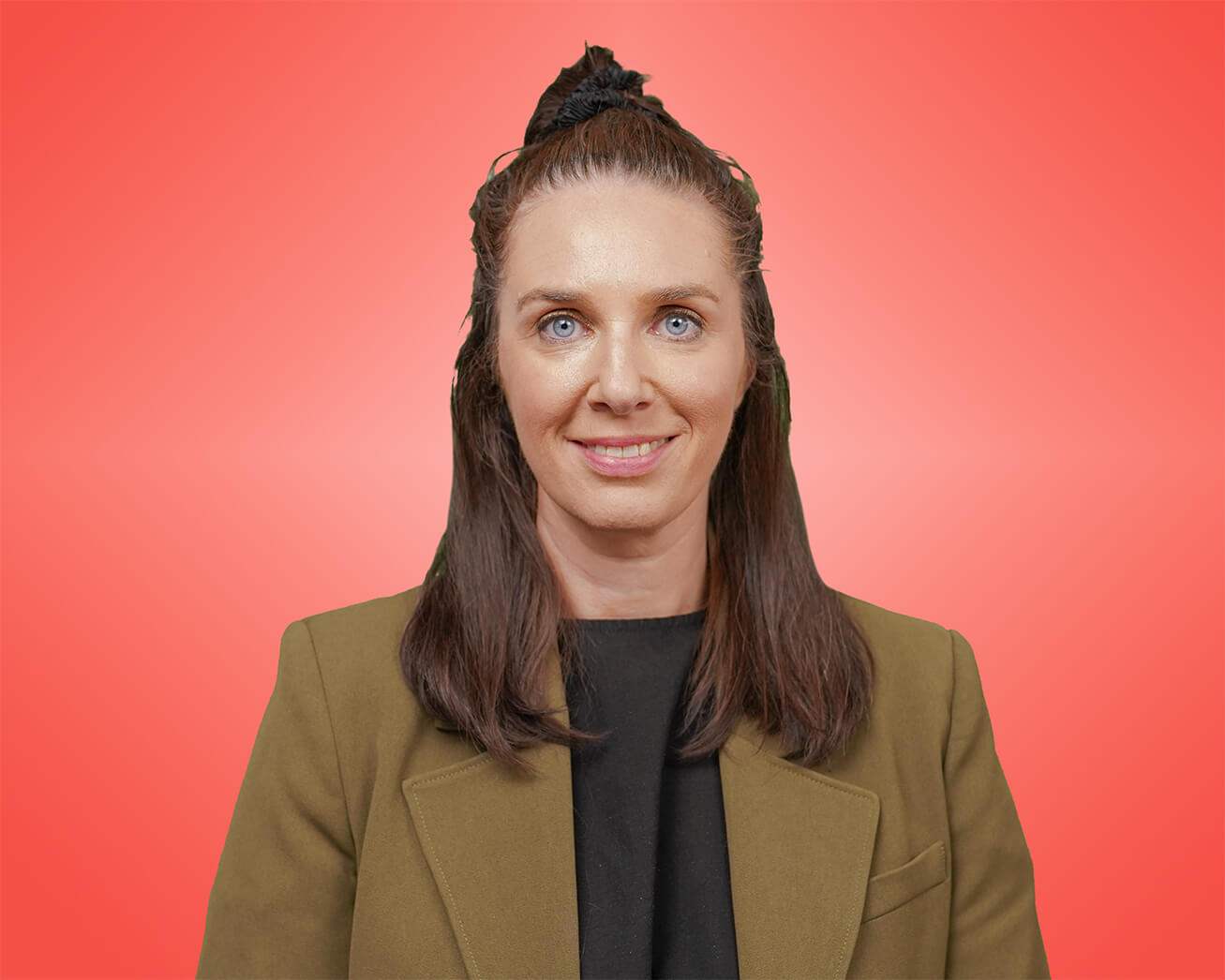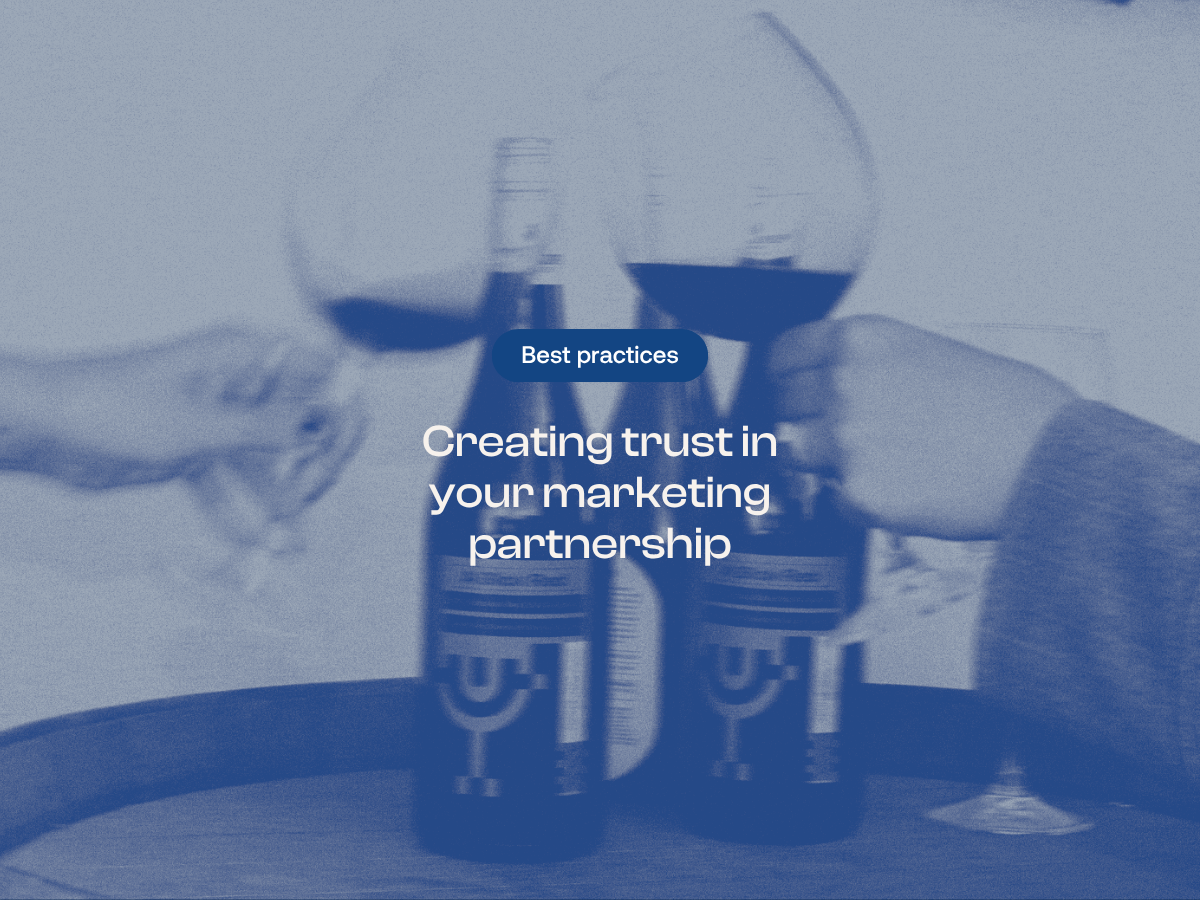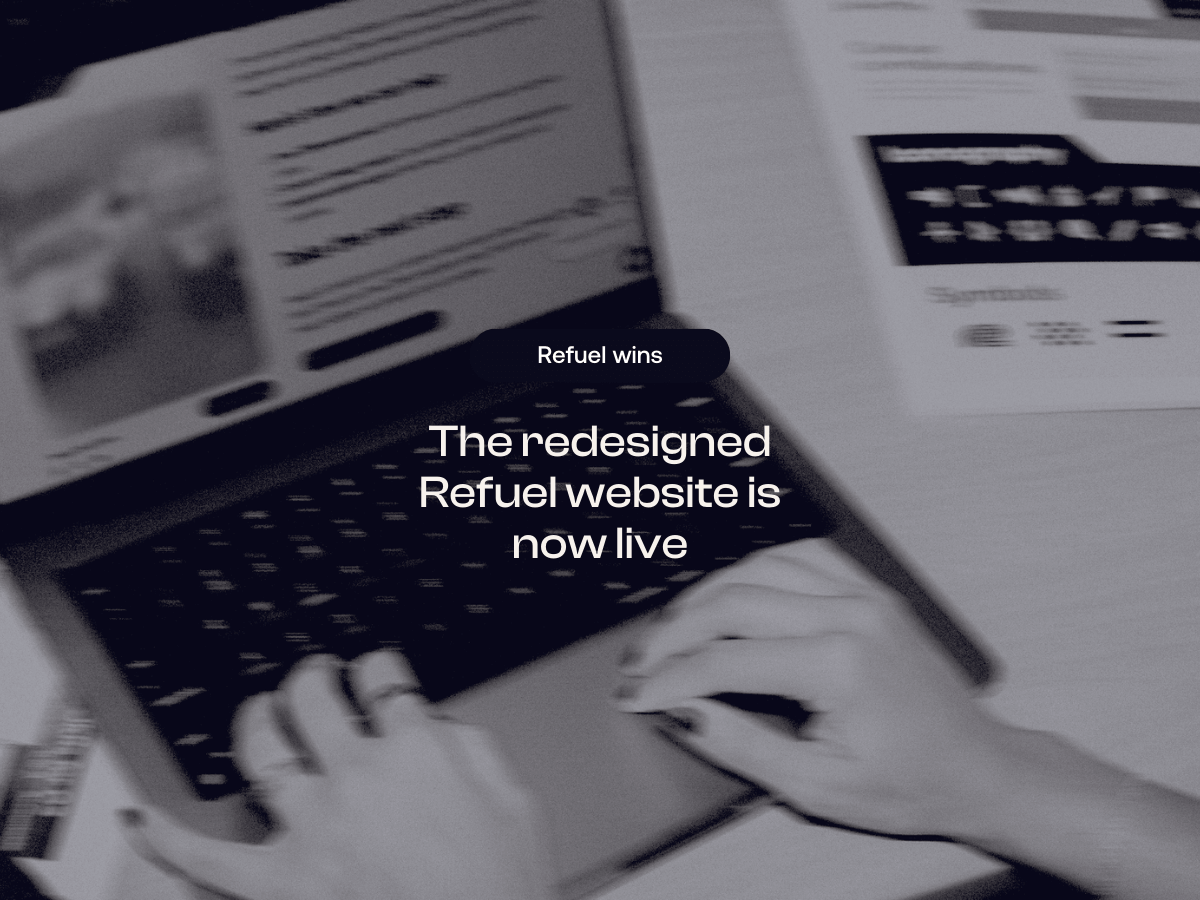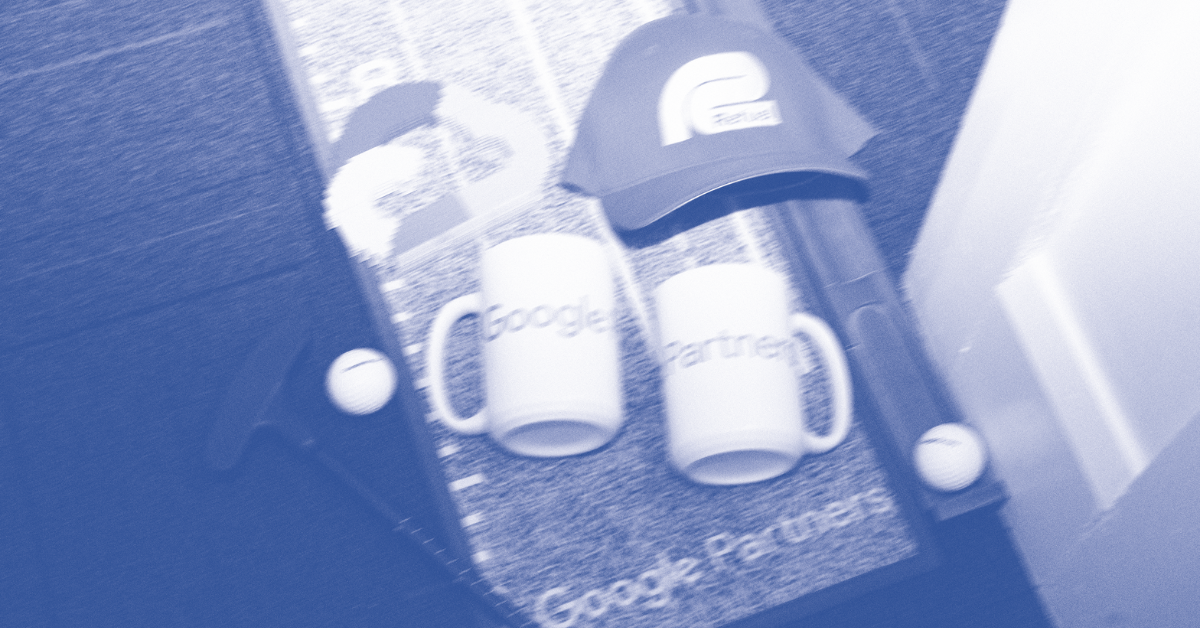Knowing your numbers for scalability and profitability

Last updated: 22 May 2025
If you want to develop profitable marketing campaigns to effectively grow your eCommerce brand, you need to know the numbers. Knowing your customer acquisition costs and other key metrics will help you better understand where to spend your marketing dollars. This will ultimately help you scale your eCommerce brand successfully.
The most important metrics to wrap your head around are Customer Acquisition Costs, Cost Per Acquisition, and Marketing Efficiency Ratio. Knowing these key metrics will provide a clear picture of the effectiveness of individual marketing campaigns plus your overall marketing.
Calculating your Customer Acquisition Cost
It’s invaluable to know what a new customer costs you to acquire. You also want to know what the implications of that cost are. You don’t want to spend too much to acquire a customer. You also want to make sure that you are using the best customer acquisition platform for what you can afford. Key questions to ask yourself include:
- Can you scale profitability?
- Does it cost too much to acquire a customer?
- What is your cheapest vs most expensive customer acquisition platform?
Calculate your Customer Acquisition Cost (CAC) by dividing your total marketing expenses by the number of new customers acquired in a specific period. For example, if you spent $10,000 on marketing in a month and acquired 200 new customers, your CAC would be $50 ($10,000 / 200).
The aim is to have the lowest customer acquisition cost possible, but this figure doesn’t tell the whole story. Your lowest CAC customers might also have the lowest average order value, or lowest customer lifetime value. So it may not cost much to acquire them but they may not end up being a valuable customer if they don’t purchase a lot or continually. Here is where it is important to decide what you want out of your customer. Each business will be different too. For example, if you sell subscription products, the average lifetime value is way more important than the average order value.
Make sure your CAC is below your average order value and customer lifetime value to scale profitably.
Calculating your Cost Per Acquisition
The main difference between CAC and Cost Per Acquisition (CPA) is CAC is calculating how much it costs you to acquire a new customer. CPA is about the cost to drive an action like a sign up, lead or purchase. It is not necessarily a customer purchase.
Knowing your CPA will help to manage your advertising budget and ensure that your marketing efforts are profitable. Make data-driven decisions and ensure that your brand growth is sustainable.
You want to keep your CPA lower than your Average Order Value (AOV) and Customer Lifetime Value (CLV). More about those figures later on.
- Calculate your CPA: Divide the total cost of your marketing campaign by the number of sales/leads/sign ups in a specific period. For example, if you spent $5,000 in total on your advertising in a month and made 100 sales, then your CPA is $50 ($5,000 / 100)
This means the cost to acquire one customer as part of your marketing campaign is $50.
Your aim is to have a low CPA. This means you are acquiring customers at a low cost. Your marketing campaign is effective.
If your CPA is high, there are ways to change up your marketing campaign to lower it. If you’re using advertising, you can look at more targeted ads to make sure the right people are seeing your ads. You could also look at your website statistics and see if your landing pages need improving to increase conversion rates.
You can also calculate the CPA for different marketing channels to see which has a better return on investment. Calculate how much you spend individually on Google Ads, Facebook Ads, social media marketing and email marketing. Divide that by the amount of sales each channel brings in. If Facebook Ads has a lower CPA, you may want to look at investing more of your efforts there to acquire more sales.
You want the CLV to be higher than the CPA. This implies that you’re profiting from acquiring customers through that campaign.
Determine your Average Order Value and Customer Lifetime Value
When looking to scale your ecommerce brand, other important metrics to be across are the Average Order Value (AOV) and Customer Lifetime Value (CLV). These two numbers will help you understand how much you can spend to acquire a customer while still remaining profitable.
- Calculate your AOV: Divide your total revenue by the number of orders
The AOV will give you the average dollar amount spent each time a customer orders. You want this number to be high. The higher the AOV, the easier it is for you to cover the cost of acquiring a new customer.
Knowing this number means you can get to know your customers more too. If they are willing to spend more in one order, then they may be open to upselling. You could add this strategy to your marketing campaign.
If your customers are not inclined to spend more in one order, you can look at ways to incentivise “adding to cart” with free shipping or a free gift if they spend over a certain amount.
The CLV will let you know how much your customer will spend on average over the entire duration that they are a customer with you.
- Calculate your CLV: Multiply your AOV by purchase frequency multiplied by your customer lifespan
- Average Order Value: the average amount a customer spends in one order
- Purchase frequency: the number of purchases a customer will make in a year
- Customer lifespan: the average length of time a customer will make purchases
For example, you sell frozen food online that is shipped to people’s homes. You’ve calculated your AOV as $50. The average customer buys every week, so 52 times a year. The customer lifetime is 5 years. The average customer generates $13,000 in revenue over their entire time as a customer with you.
You want to make sure your CLV is higher than the cost of acquiring a customer. You can use this figure to tailor your marketing efforts to suit the customer behaviour. If you have a low CLV, you may want to look at a loyalty program to encourage a long term relationship. If you have a high CLV, you’re winning but you can still look at including ways to keep your customers buying more often.
Calculating Marketing Efficiency Ratio
The Marketing Efficiency Ratio (MER) will show you the overall effectiveness of your marketing efforts. Unlike CPA, MER looks at the big picture and evaluates your marketing effectiveness as a whole. It compares your total revenue to your total marketing spend.
It is an important figure to know if you’re looking at scaling your eCommerce brand. As your brand grows, maintaining a good MER can become more challenging. Your marketing expenses are likely to increase. You need to monitor whether you can maintain efficiency as you scale.
- Calculate your MER: Divide your total revenue by your total marketing spend. For example, if your total revenue for a month is $50,000 and your total marketing spend is $10,000, your MER is 5 ($50,000 / $10,000).
A high MER means your marketing strategies are working and your revenue is higher than your cost per customer. It shows your marketing spend is generating a higher total revenue.
If the MER is low it might be time to look at your overall marketing strategies and see where you can change things up.
Knowing the MER will help you with making decisions around marketing budgets and where to spend your money. Make more informed decisions about your marketing spend. Regularly assessing the figure will help you create a marketing strategy that works and allow you to allocate resources and spend in the right areas.
Setting your targets
If you want to ensure that your brand growth is sustainable, setting targets for your CAC, CPA and MER is important. They will help you stay on course for what you ultimately want from your brand and ensure you aren’t spending too much money to achieve those goals.
You want to set targets based on your brand goals and financial metrics rather than guessing. Understanding where your numbers are at will help you do this.
You also want to set profitability goals. These goals will be invaluable when you’re scaling your eCommerce brand. They will help your brand be sustainable and improve profits while also increasing sales.
Set your desired profit margins and work backwards to determine your target CAC, CPA, and MER. Ensure these targets align with your overall brand objectives.
The power of numbers
If you want to stay profitable, you need to prioritise a regular review of your numbers. Review your CAC, CPA, and MER against your targets. Then adjust your marketing strategies as needed to make sure you are staying within profitable thresholds.
Create far more effective marketing campaigns rather than just guessing what people might do. You can better understand your customer and what they might be willing to spend their money on.
Knowing the numbers will be the key to scaling your eCommerce brand. It will take the guess work out of what you need to do to acquire and retain your customers… and how much money you can spend whilst maintaining profitability.
Looking at the numbers, you will be able to make data-driven decisions. Think smarter and save money. Know the right time to scale and be confident that you can create and maintain a profitable and scalable eCommerce brand.
Want to hear more about eCommerce brands? Check out our full webinar on eCommerce with our CEO Ryan below.
Need support?
Do you need support with your eCommerce? Our team has the tools, experience, and creativity you need to unlock your growth and keep growing into the future. Reach out to our team below to get started.








